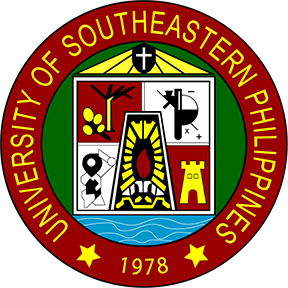Introduction to Geographic Information System ( focusing on the understanding of what a GIS is all about, its historical development, the different fields, or disciplines. The GIS course will be a combination of lectures, laboratory exercise, and workshops, and attendance to GIS related conferences/symposium and visits to different institutions using GIS. In addition, the application of GIS includes environmental assessment, hazard mapping, and others.
The course deals with the concept of measurement and errors, error propagation in survey measurements, variance-covariance propagation, theory and applications of standard and general least squares adjustment, adjustment of trilateration, triangulation and traverse networks, constraint equations, and three-dimensional geodetic network adjustment. The accurate results of the survey network are part of the components of sustainable frameworks for cities and help to determine environmental hazards.
The course covers introduction to satellite geodesy with emphasis on GNSS technology for geodetic measurements on climate monitoring, framework for sustainable cities, and environmental assessment. Different techniques and processing methods are included in the course.
